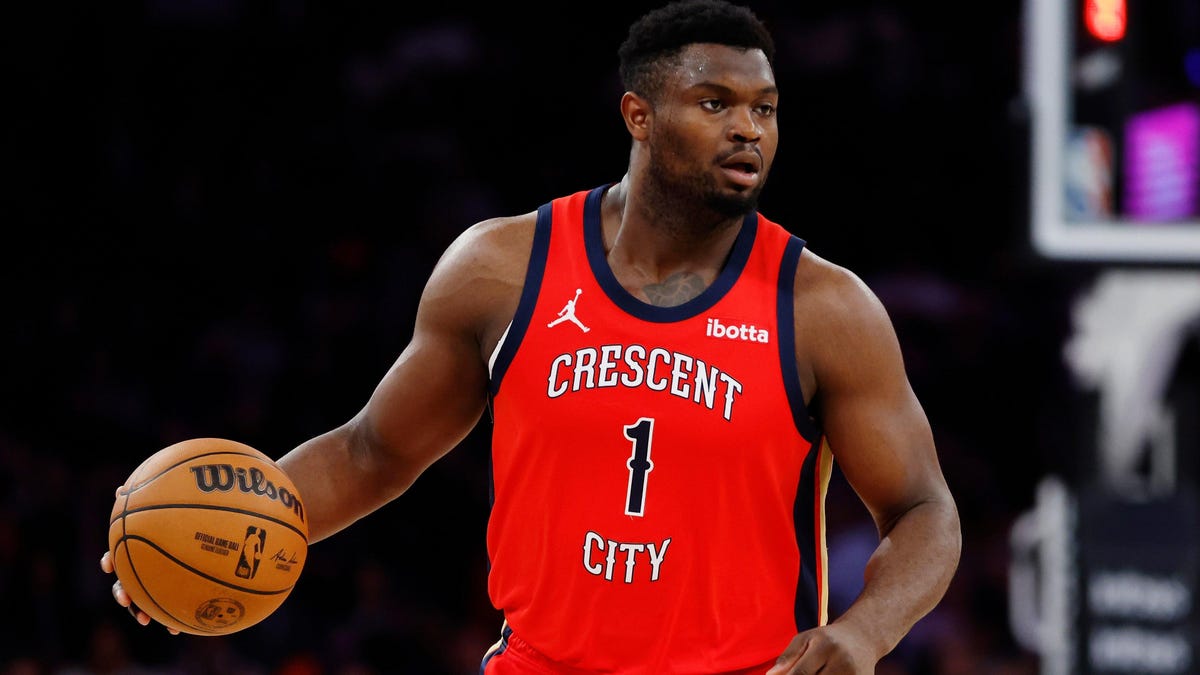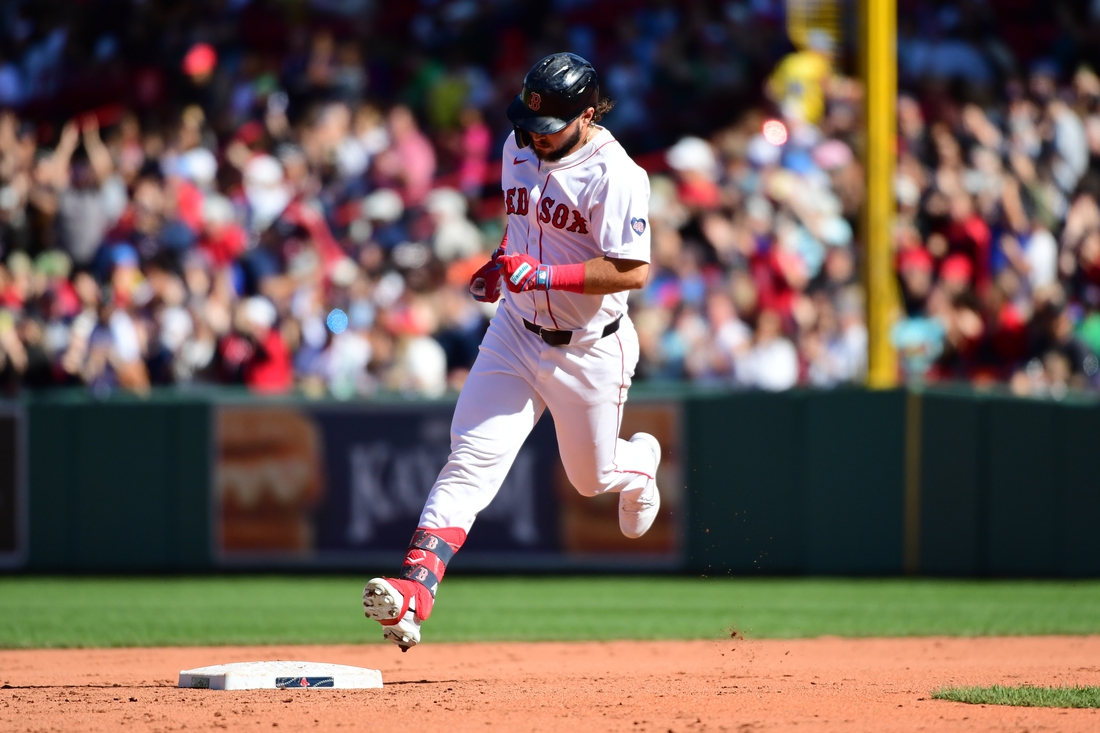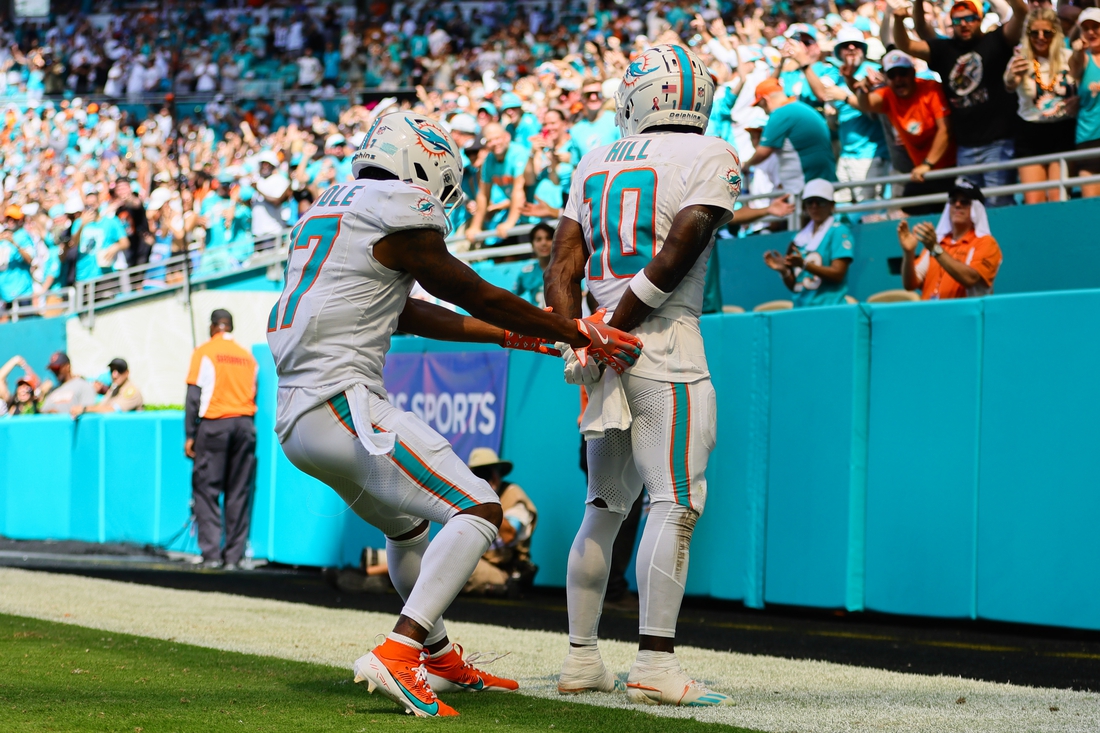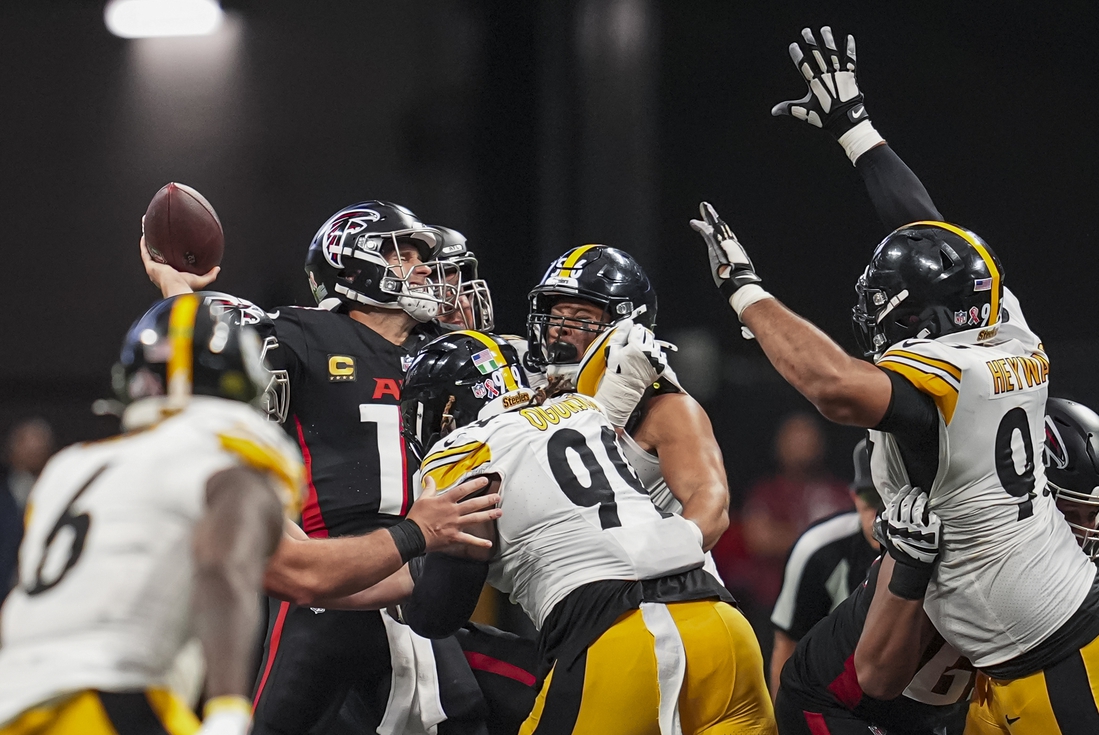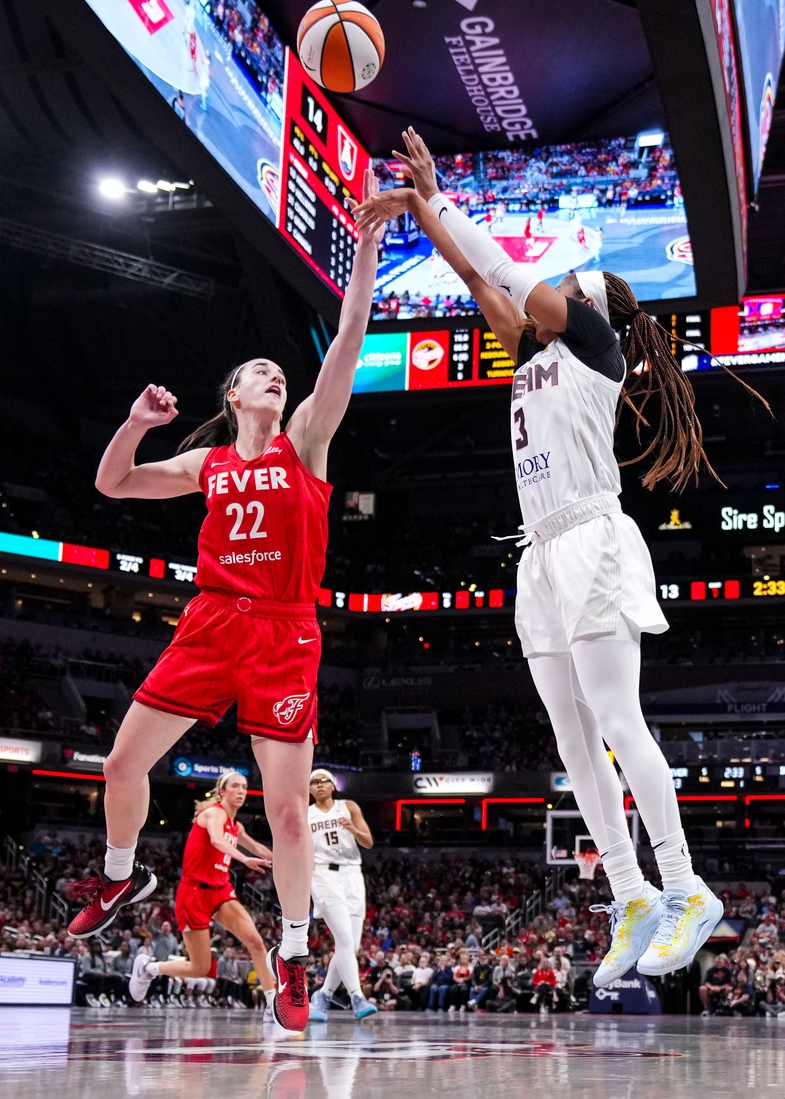Zion Williamson’s tantalizing game made him a household name after one season at Duke where he established a new NCAA record for 2-point field goal percentage. Up until this juncture in his career, Williamson has been a gas-guzzling, flying tank in a league stacked with electric convertibles. As a rookie, he was already the NBA’s heaviest and strongest player. Once he dove into the paint, his frame and explosiveness were a powerful enough combo to collapse even the sturdiest post defenders.
However, since he’s graced the floor as a highly anticipated No. 1 overall pick, he’s bounced between teasing All-NBA potential and languishing as unrealized potential personified. Williamson’s routine through his first four seasons became all too familiar. Williamson would suffer an injury, gain weight, experience a setback during rehab and be shut down for the season. His fluctuating weight will always be a concern, but a humiliating Moriah Mills saga dragged his reputation even further down the drain.
Before the season, Williamson was a polarizing figure. The good news is that Williamson has finally been available for a majority of the schedule. Nearly five years after he embarked on his Pelicans journey, just surviving an entire season and making his playoff debut would be a much-needed win for New Orleans.
The mixed reviews of his performances have blunted the impact, though. He’s shooting nearly 60 percent from the field, but wasn’t in the All-Star conversation because of his diminished volume. After tallying 27 a night as a 20-year-old, registering 22.4 per night at age 23 doesn’t hit the same.
During the In-Season Tournament semifinals, Williamson was ripped to shreds over his lethargic performance on a grand stage in New Orleans’ blowout loss to the Los Angeles Lakers. In the aftermath, his conditioning and assertiveness as New Orleans’ alpha leader were questioned.
However, since that Vegas no-show, Williamson has walked a fine line between putting the attributes that made him the No. 1 overall pick in 2019 on display and plateauing as an unrefined offensive fulcrum for a bland Pelicans playoff team heading for a first-round exit in the crowded West. He’s one of three players averaging at least 22-5-5 splits and 58 percent from the field (although he dipped below that 60 percent benchmark Wednesday night). He’s played 48 games this year, but his scoring, efficiency and minutes are all down, and the Pelicans have been surpassed by the Western Conference’s new guard. On Tuesday, in his first appearance before a rabid Madison Square Garden crowd that hoped he’d be wearing Knicks colors back in 2019, Williamson served up a ho-hum 21 points, four assists and six turnovers.
Williamson’s inside power has translated. He has been among the NBA’s automatic buckets in the paint on a per game basis since he debuted, but he’s still working out the kinks in his game. For example, the Pelicans southpaw forward is almost incapable of finishing strong with his right hand. Four years later, WIlliamson still avoids right-handed finishes at all costs.
With 1:54 left in the half of Wednesday’s loss to Indiana, Williamson drove left, dribbled between his legs, shifted back to his right, moved Pascal Siakam back two feet and had him off-balance, but surrendered his advantage by going up with the hand nearest to Siakam instead of using his right hand on the other side of his body. In doing so, WIlliamson made it an easy contest for the Pacers forward while falling down in a heap.
A similar sequence occurred the night before against New York’s top-5 defense when he drove right, hung in the air and awkwardly tried to use his left, exposing it to help defender Miles McBride who swatted it.
On drive after drive Williamson will avoid finishing with his right hand. Instead, he’ll spin to his left toward the middle of the floor, pick up his dribble and try to outmuscle his man or get caught pump faking his man just to finish with a contested lefty finish rather than trust his weak-hand.
His athletic and strength advantage typically allows him to get away with it at times, but for a player who gets the bulk of his points bounding into the lane, it’s a facet of his game he’ll need to shore up.
Those are the little details that can separate the virtuosos from the highlight reel lords. Williamson’s injury history has cut into two and a half seasons of his development, and that has led to head coach Willlie Green seeing what he has in Williamson outside of his finishing ability. Williamson’s brute strength and gravity-defying finishes are what got him here, but expanding his game is what will elevate him into the tier nearest All-Stars Giannis Antetokounmpo and Nikola Jokic.
I don’t mention those two randomly either. As part of the effort to unlock Williamson’s year of self-actualization, Green has even deployed Point Zion into active duty in a move reminiscent of Jason Kidd attempting to unleash Magic Giannison in Milwaukee almost a decade ago. Williamson will never possess Jokic’s floor vision, but in the month of February, he is averaging 6.5 assists per night, including a 20-10 effort in a win over the Los Angeles Clippers on Feb. 7.
Like anything involving Williamson, it’s a balancing act. Point Zion has taken away from Paint Zion in the short term, but evolution through trial by fire is a necessity if he’s going to reach his lofty ceiling. For now, Williamson has done enough to salvage his career after a rocky 2023, but at some point, he has to figure out what he wants to be.
Find DJ Dunson on X: @cerebralsportex



